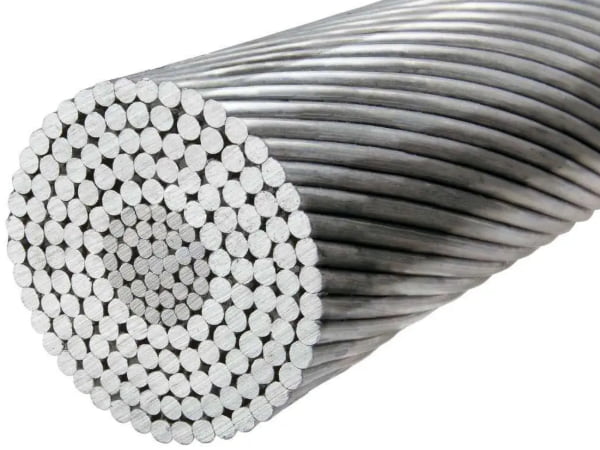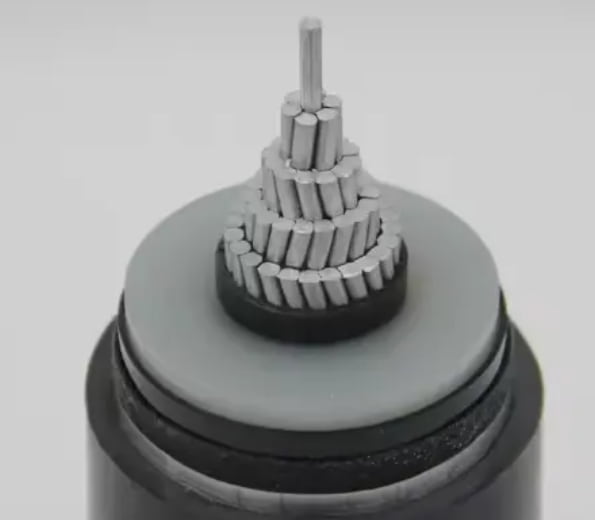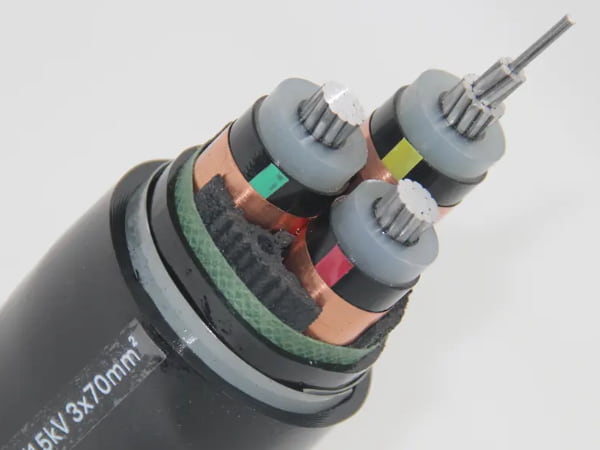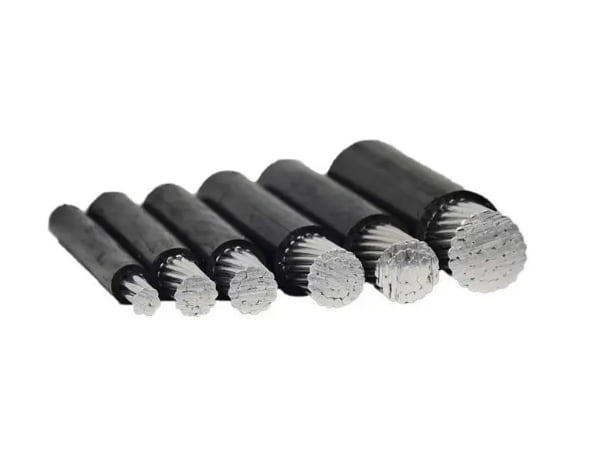1. Introduction: What is high voltage aluminum cable?
2. High voltage aluminum cable types
3. Advantages and disadvantages against copper
4. Critical applications in key sectors
5. Installation and Safe Maintenance
6. How to choose the right cable
7. Trends and future of the market
8. Conclusion: Maximize knowledge with knowledge
1. Introduction: What is high voltage aluminum cable?
High voltage aluminum cable (HVAC) It is a type of electrical conductor designed to transport current to tensions higher than 36 kV, commonly used in energy transmission and distribution networks. Unlike low voltage cables, These are manufactured with specialized aluminum alloys and reinforced insulation to support extreme conditions.
Why is crucial today?
With the expansion of renewable energy and smart cities, The demand for efficient and economic cables has grown exponentially. According to a study by the International Energy Agency (IEA), The high voltage cable market will grow a 5,2% annual up to 2030, driven by global electrification.

2. High voltage aluminum cable types
To choose the right cable, You must know its main variants:
- By isolation:
- XLPE (Crosslinked Polyethylene): Ideal for long distances and humid environments.
- EPR (Ethylene-Propylene rubber): Greater flexibility for interior facilities.
- By driver structure:
- Monofilar: A single aluminum thread (cheaper for short distances).
- Multifilar (braided): Greater flexibility and resistance to vibrations (used in air lines).
Practical example: In an offshore wind park, Multifilar XLPE cables are used to resist marine corrosion and mechanical tensions.
3. Advantages and disadvantages against copper
Although copper is more driver, Aluminum offers significant advantages:
| Feature | Aluminum | Copper |
|---|---|---|
| Cost | 💰 30-50% cheaper | 💸 More expensive |
| Weight | ⚡ 50% lighter | 🔋 Heavy |
| Corrosion | ⚠️ Risk in coastal environments | 🛡️ Less risk |
Key Aluminum Disadvantage: Less conductivity (1,6 times less than copper). To compensate for it, larger sections are used.
Advice: In facilities where the weight is critical (ej. air lines in mountainous areas), Aluminum is irreplaceable.

4. Critical applications in key sectors
These cables are the backbone of:
- Renewable energy: They connect wind turbines and solar plants to the network.
- Urban networks: Distribute energy in cities with variable demand.
- Heavy industry: Feed machinery in mines or factories.
Real case: In the Railway Project of Spain, HVDC aluminum cables were used to reduce losses in long distances.
5. Installation and Safe Maintenance
Essential tools:
- Digital megometer: To measure insulation resistance.
- Hydraulic presses: For high pressure connectors.
Normatives below:
- IEC 60502: Specifications for energy cables.
- IEEE 404: Acceptance test guide.
Common error: Do not verify the minimum cable curvature radius, What damages isolation.

6. How to choose the right cable
Follow these steps:
- Calculate the nominal voltage: Use tables from the Spanish Association of Standardization (A).
- Determine the section: Tools such as Semrush wiring calculator help you avoid oversight.
- Verify certifications: Look for CE marking and independent laboratory tests.
Example: For a line of 110 KV in a desert, Choose XLPE with operating temperature up to 90 ° C.
7. Trends and future of the market
- Innovative materials: Aluminum-zirconium alloys for greater resistance.
- Automation: Robots that inspect cables in real time.
- Sustainability: Recycling of 100% of used aluminum.
Given: In 2024, he 45% HVAC cables sold in Europe included IoT monitoring technologies.

8. Conclusion: Maximize knowledge with knowledge
High voltage aluminum cable is an intelligent investment if you are chosen and installed correctly. Remember:
- Prioritizes applications where your lightness and cost compensate for the lower conductivity.
- Always follow local and international regulations.
- Consultation to certified manufacturers (as dose) For critical projects.
Frequent question: Can aluminum cable be used in domestic facilities?
Answer: No, Only in low tensions (<1 kV) and with precautions, since it requires special connectors.
